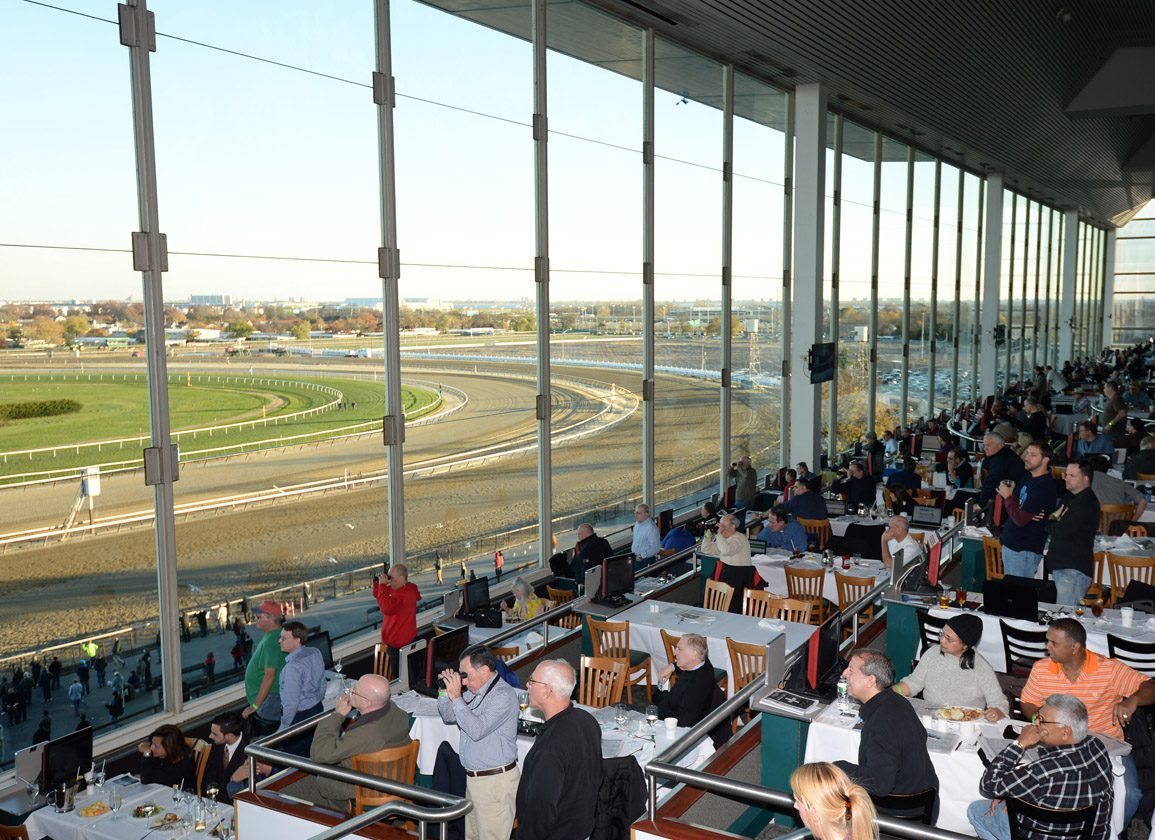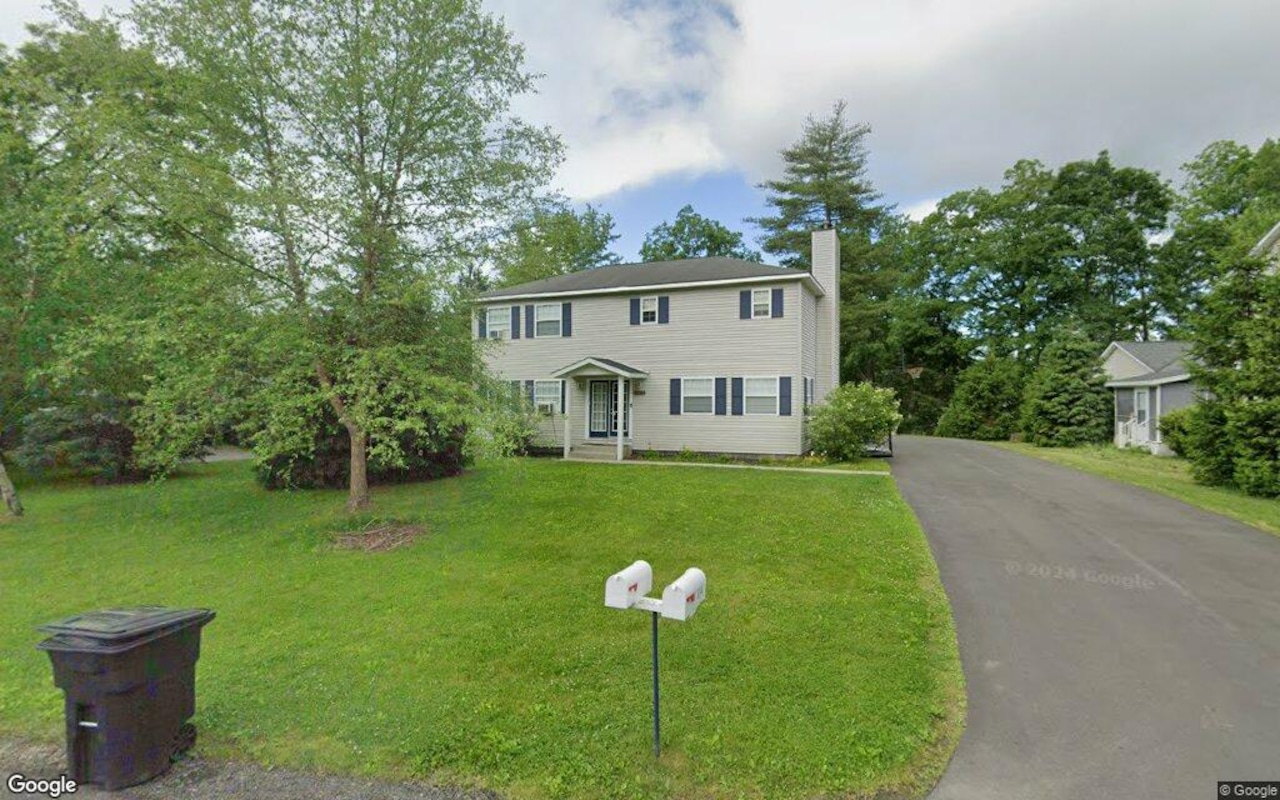T
he influence of rising real estate values on the physical locations of Thoroughbred breeding farms and racetracks is a long-standing economic maxim. In the US, this trend has been particularly pronounced in the late 20th and early 21st centuries.
In Lexington, Kentucky, Keeneland co-founder Hal Price Headley's Beaumont Farm once spanned 4,000 acres of rolling Bluegrass hills and farmland. However, as the city expanded, some pricier chunks of land close to the city center were sold off. The family retained sufficient acreage for Mill Ridge Farm on the rural western edge.
A similar pattern unfolded in Ocala, Florida. The retail strip near Paddock Mall, which opened in 1980, was once home to horse farms. The high-value commercial strip extending southwest from I-75 was also previously horse-farm territory. Bonnie Heath's sizable holdings near the Interstate were sold after his death in 2001, and a successor farm was established farther out.
Buying rural property in areas prone to residential or commercial development has long been an essential part of long-term planning for horse farm owners. This strategy provides an exit plan for established breeders and allows newly smitten breeders to set up operations, fulfill personal dreams, and potentially cash out when land values escalate.
Racetracks have also been affected by rising real estate values. Several tracks established during the Great Depression were sold off due to declining financial returns and burgeoning property value. Bay Meadows, Hollywood Park, Golden Gate Fields, Santa Anita, and Gulfstream Park are among those that have faced this reality.
The Stronach family has attempted numerous innovations at Gulfstream Park and Santa Anita, including introducing new racing surfaces and coast-to-coast multiple wagers. However, these efforts have not generated enough revenue to produce a return consistent with the tracks' real estate value. Churchill Downs, on the other hand, has followed a different path, selling off Arlington Park when its real estate value exceeded its ability to generate adequate returns.
In New York and Maryland, racetrack makeovers are underway, driven by changes in property values. The escalating value of Aqueduct's real estate allowed the New York Racing Association to secure funding for rebuilding Belmont Park. In Maryland, The Stronach Group passed the deed to Pimlico to a new state-sanctioned racing authority, which will eventually close Laurel Park and develop its more valuable real estate.
These developments highlight the need for racing leaders to innovate and adapt to changing economic realities. By lengthening the time span of the Triple Crown season, they can preserve and enhance the at-risk second jewel, the Preakness Stakes.














